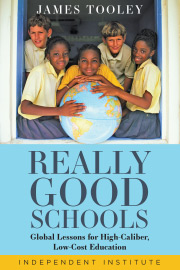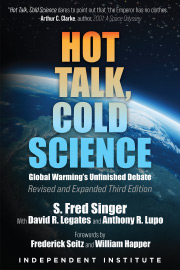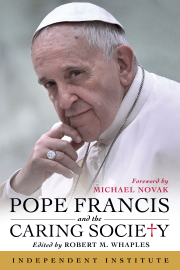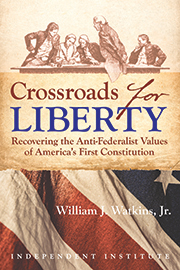More Monetary Peculiarities of the Past Five Years
Two months ago, I wrote about the extraordinary increase in the demand for money during the past five years, noting in particular the substantial decline in the velocity of the M2 money stock. I also noted that M2 has increased about 38 percent since late 2007. In the present post, I call attention to some peculiarities in how M2 has increased during this period.
M1 consists of “(1) currency outside the U.S. Treasury, Federal Reserve Banks, and the vaults of depository institutions; (2) traveler’s checks of nonbank issuers; (3) demand deposits; and (4) other checkable deposits (OCDs), which consist primarily of negotiable order of withdrawal (NOW) accounts at depository institutions and credit union share draft accounts.” M2 consists of M1 plus the following items: “(1) savings deposits (which include money market deposit accounts, or MMDAs); (2) small-denomination time deposits (time deposits in amounts of less than $100,000); and (3) balances in retail money market mutual funds (MMMFs).” Thus, M2 is a fairly broad measure of the funds immediately or quickly available to the holders for making expenditures. For this reason, economists commonly use this measure in their empirical work in macroeconomics and monetary economics in lieu of a variety of available alternative measures of the money stock.
During the past five years (to be precise, during the 59 months from December 2007 to November 2012; likewise hereafter in this post), M2 increased 38.1 percent. The non-M1 part of M2 increased 29.9 percent, which means that the M1 part must have increased much more rapidly than M2 as a whole. Indeed, M1 increased 74.2 percent, or roughly twice as fast as M2.
Moreover, the components of M1 itself grew at very different rates: the currency component grew by $318 billion, or 41.6 percent, whereas total checkable deposits grew by about $700 billion, or 115.2 percent, which is almost three times faster.
When I began my inquiry into the data for this post, I had a hunch that I would find that the currency component of M1 had grown most rapidly. I was wrong by a huge margin. In fact, during the past five years, people have continued to pile up money most rapidly not in currency, but in checking accounts. During this period, individuals and businesses have added more money to their checking accounts than they had added in all preceding history.
So, the question naturally arises: why? My first thought was that during the recession, many unemployed people had actually shifted to employment in the underground economy and that this shift would be reflected in a big increase in currency holdings. Perhaps such a shift has occurred; after all, currency holdings have increased by almost 42 percent in the past five years. But the gigantic increase in checking account balances, which are completely transparent to various law-enforcement and other government officials, must have a different explanation.
As the figure shows, people and firms immediately augmented their checkable balances when the financial debacle occurred in the fall of 2008. Very well, such a flight to liquidity was to be expected in the circumstances. However, after the dust from that crisis settled, especially after mid-2010, the public persisted in rapidly increasing its checkable account balances as if it had acquired an obsession with this form of wealth holding. Why?
We may conjecture that in view of the extraordinary uncertainty associated with asset markets and government actions during these years, people wanted the ability to move quickly without having their funds tied up in riskier and less liquid forms. However, most of them did not need large amounts of currency; indeed, great amounts of currency would have been less secure and convenient than checkable balances in commercial banks and other financial institutions. Thus, the unprecedented augmentation of a very liquid yet secure form of assets may be still another reflection of the abnormal uncertainties that have clouded the economic horizon since mid-2008.
(Source: All monetary data cited or used as the basis for calculations in this post may be found here.)













